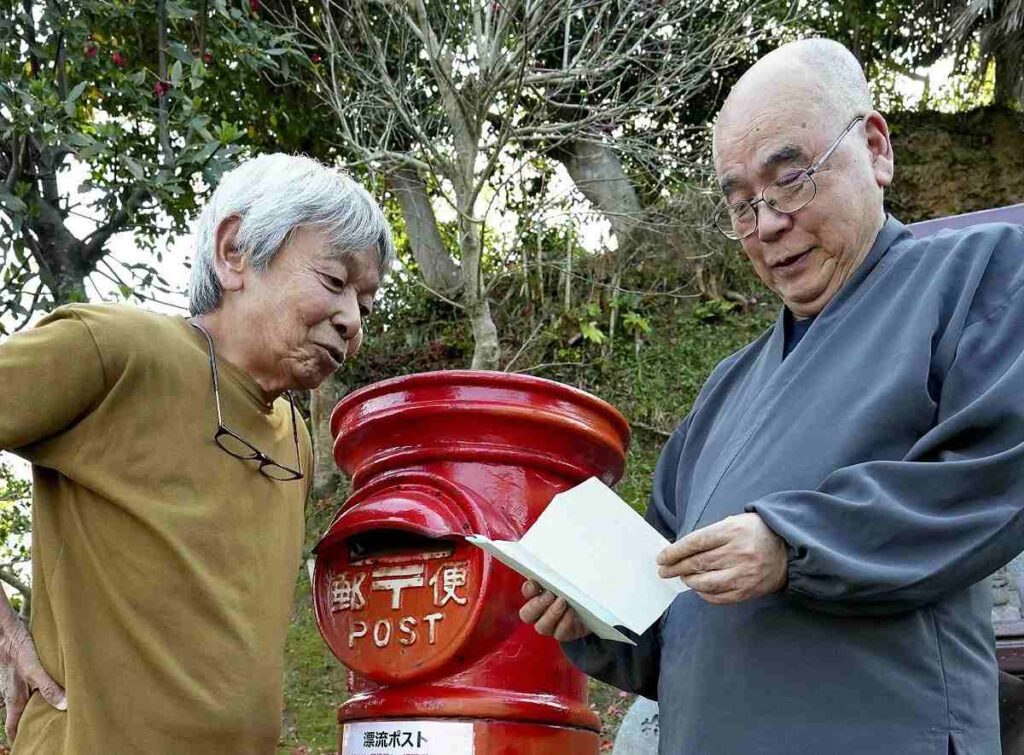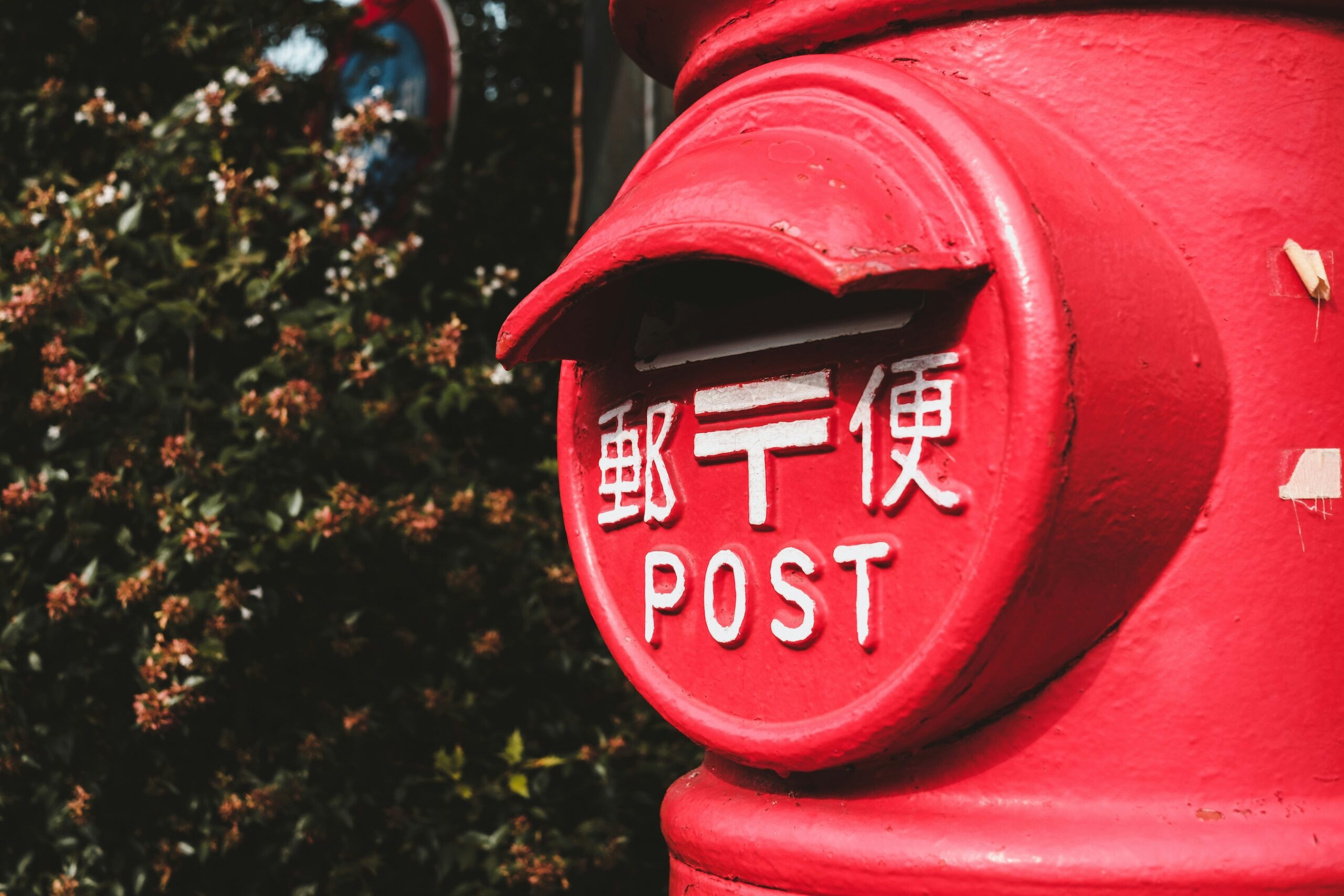The letters with nowhere to go have poignant messages like ‘I always think of you.’
When was the last time you wrote someone a letter? Not the business or professional kind, but a personal correspondence imbued with feelings?
We bet it has been quite a while, if at all—especially if it’s the snail mail kind, the one you drop off in a post box or send via the post office.
In Japan, however, there is one very special kind of postbox that serves a unique purpose. Those who write letters and drop them off into the fire-engine red pillar box don’t send them to someone who’s flesh and blood, but to a loved one that has already passed beyond the veil.
A postbox for letters with nowhere to go
A decade ago in 2014, a then 64-year-old Yuji Akagawa saw how many people continued to be deeply affected and haunted by the 2011 Tōhoku earthquake and tsunami, also called the Great East Japan Earthquake. It was the most powerful earthquake ever recorded in Japan, and the fourth most powerful earthquake recorded in the world. The tragedy claimed about 19,759 lives with 2,553 unaccounted for to this day.

Akagawa thought of the trauma the survivors went through, with most of them having lost a loved one to the catastrophe. Many were unable to talk about their feelings of sadness and despair, and he wanted to help them gain a sense of peace by writing letters to their deceased family members and/or friends, as recounted in an article on The Japan News.
He then set up a mailbox designed to accept letters from people who wanted to write to those who perished in the twin disasters of March 11, 2011. The idea was to give people a platform where they could start to find some closure by writing feelings they couldn’t express elsewhere.
Akagawa put up the postbox outside a café in Rikuzentakata, Iwate Prefecture, and named it the “Drifting 3.11 Postbox,” “as it is the place where letters with nowhere to go would end up drifting.” Anyone who comes to the café can read the letters.

In 2018, the original postbox was returned to its owner who lived in the same prefecture. It was replaced with a pillar box that had stood on the grounds of a kindergarten in the city of Oshu, as per an article on the Mainichi. Like its predecessor, the new mailbox continues to wait for letters that ease the feelings of bereaved people by giving them an outlet to express their pain and longing.
Over a thousand poignant and heartfelt letters
Akagawa once thought about closing the drifting postbox in 2022 to take care of his ailing mother. However, seeing the people who had lost their family members due to the more recent Noto Peninsula Earthquake just in January this year changed his mind. He was reminded of the harrowing 2011 disaster, and thought many people must be going through the same heartbreak and suffering.
“I thought that there is still a role for the postbox,” he said, as quoted in the same The Japan News article. “I thought that many people in the Noto region must have sad feelings that they cannot express to those around them.”
So far, the postbox has received more than 1,000 letters saying such things as: “I wish I could meet you in my dreams” and “I always think of you.”
One of the letter writers is Setsuko Sato, 68, of Sendai, who lost her husband in the tsunami in Minami-Sanriku, Miyagi Prefecture. She said writing letters and “sending” them to the postbox has become an emotional support of sorts. She writes letters to her late husband whenever she feels like it, sending one or two a year.
“You (husband) will always be 56 years old, and my age has surpassed yours. I want to see you,” she wrote in a letter after dreaming of her husband three years after the Great East Japan Earthquake. In it she wrote her feelings that she had kept to herself. When she sent the letter, “her heart felt lighter because she was able to express feelings that she could not express” even to her family.



Early this spring, with his 98-year-old mother already suffering from dementia, Akagawa asked the Jionji temple in the city to take over the management of the drifting postbox. Keiko Furuyama, 75, a former priest of the temple, accepted the request.
The postbox was moved to the temple grounds at the end of March, and Furuyama began accepting letters in April. In the past, the temple had already served as a venue for memorial services for the letters upon Akagawa’s request.
“I am relieved that I could find a new custodian of the postbox,” he said.



Thirteen years after the Great East Japan Earthquake, many of the letters are about the daily events of bereaved families.
The widowed Sato continues to write to her firefighter husband to this day. “I don’t want my husband to worry about me forever. I want to write letters that make him think I’m enjoying my life,” she said.
You can also watch a special feature on the Drifting 3.11 Postbox on NHK World here.




